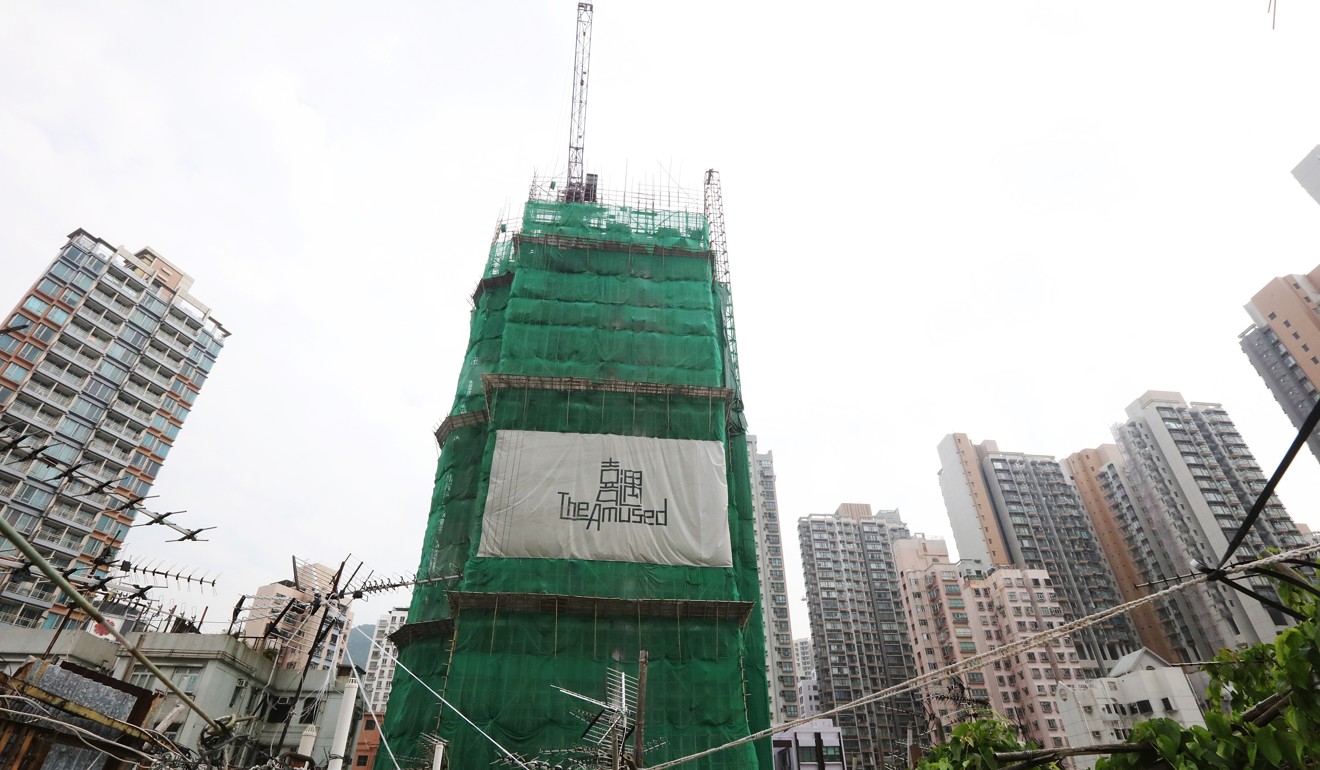
Tiny just got a little bit bigger as Hong Kong developer ups the minimum living space in its flats
The Urban Renewal Authority says its new flats will be 40 square foot larger, in a city renowned for shoebox living
Hong Kong’s Urban Renewal Authority (URA) will start to build bigger flats in its new projects, taking the lead in trying to lift living standards in a city where dwelling space is ever shrinking and the price of it ever rising.
The body, a semi-government entity that works with private developers to regenerate older buildings, said on Friday that the minimum size of units at future projects would be 300 square feet, 40 square feet above the current minimum it is allowed under its own guidelines.
“To enhance the living space of new developments, starting from the Castle Peak Road and Un Chau Street projects, the URA plans to increase the minimum flat size for each unit to a saleable area of not less than 27.9 square metres (300 square feet),” it said.
The rise of the tiny flat has been a feature of Hong Kong’s property scene in recent years, as developers cashed in on demand from people eager to get a foot on the property ladder but priced out of bigger units.
As the housing shortage shows no sign of easing, experts have predicted that tiny flats will become more common. A report in April by Our Hong Kong Foundation, a think tank founded by former chief executive Tung Chee-hwa, said flats of less than 430 square feet were expected to account for 45 per cent of all private housing in 2019, a drastic increase from 5 per cent in 2010.
Property broker JLL predicted that about 3,300 new flats of 200 square feet or less would be completed between 2018 and 2020, up 35 per cent from the previous three-year period between 2015 and 2017.
The URA set the current 260 square feet minimum size in November 2014. But private developers are free to build as small as they can, and some units have been as tiny as 123 square feet, about the size of a car parking space.
At the same time, voices have been raised about the detrimental effect of small homes on quality of life in the city.
“Improving the living environment is a major push by the URA. How can we live better if our apartments are getting smaller and smaller?” said Thomas Lam, a senior director at Knight Frank.
He expects the winning developer of the Un Chau project in Sham Shui Po would have to offer the flats for HK$20,000 per square foot to make a reasonable profit.
He estimated the extra 40 square feet would cost buyers an additional HK$800,000 (US$101,915) when the project goes on sale in the next two to three years.
Previous URA projects, including the Astoria Crest in Sham Shui Po and The Amused in nearby Cheung Sha Wan, comprising 260 sq ft units, had generated strong sales.
However, sentiment in Hong Kong’s property market has begun to sour in the face of an imminent increase in interest rates likely this month.

Last week, The Monti development in Sai Wan Ho, jointly developed by Lai Sun Group and the URA and with unit sizes starting from 264 square feet and costing HK$6 million, sold just five units out of a total offering of 80, the worst response in the past five years, said agents.
The tender for the latest projects, which will yield a total gross floor area of 159,737 square feet, is due to close at noon on October 5. Thirty-seven developers have submitted expressions of interest, the URA said.

